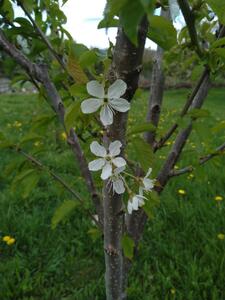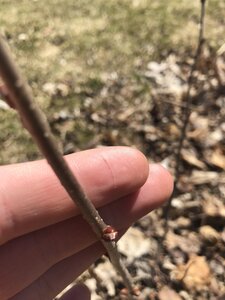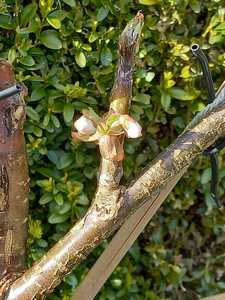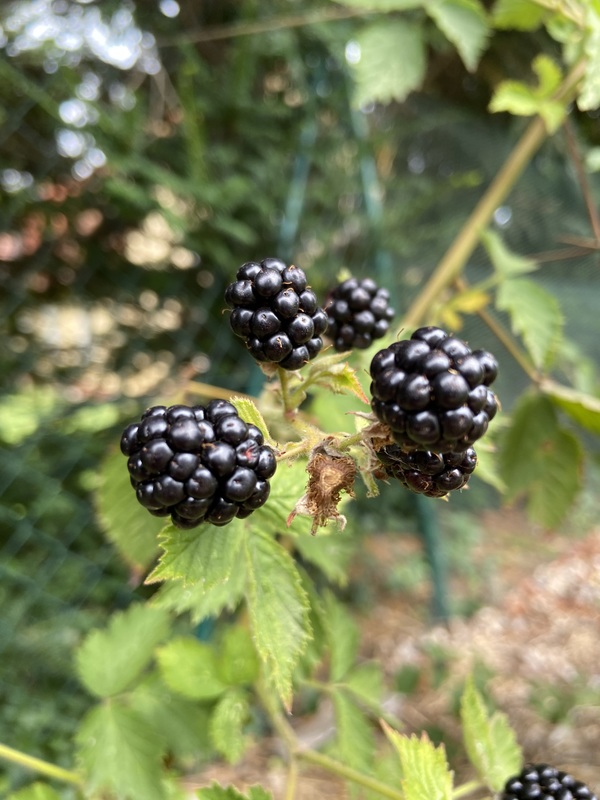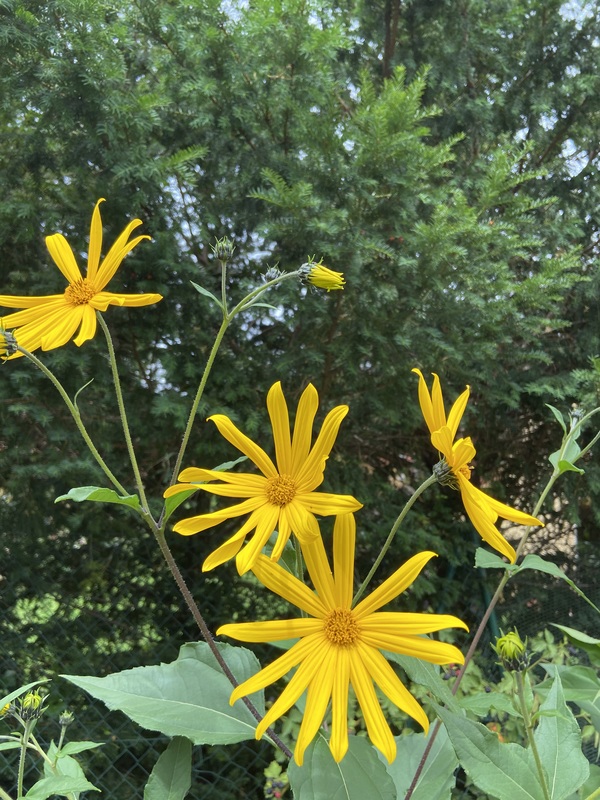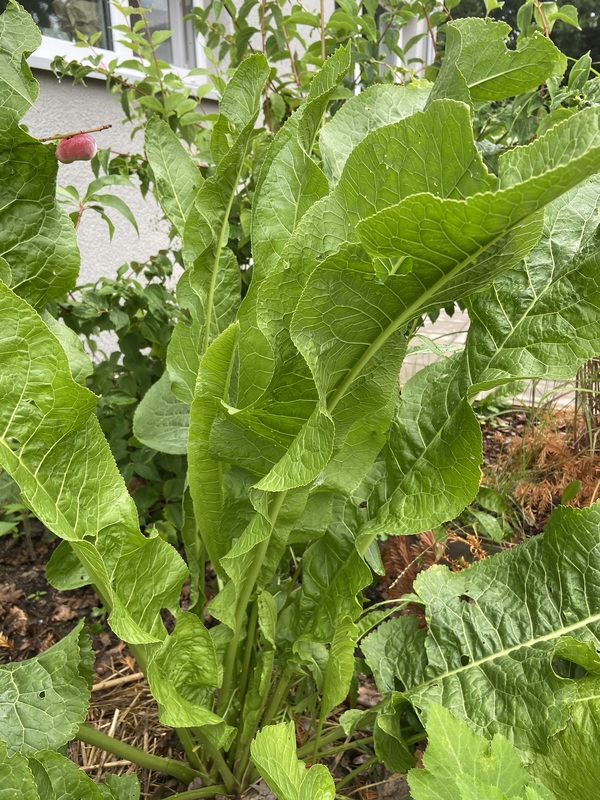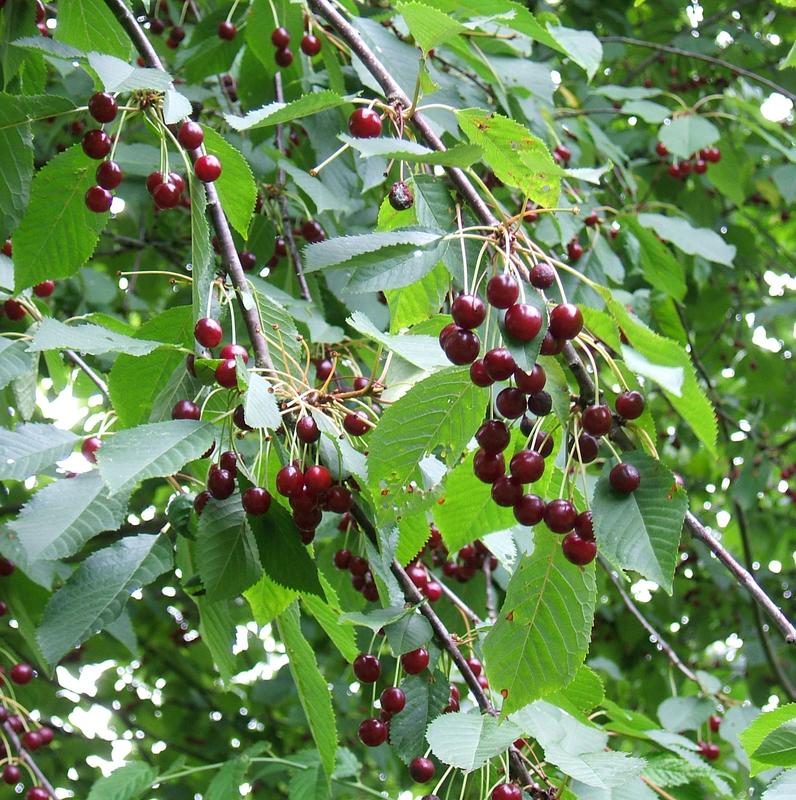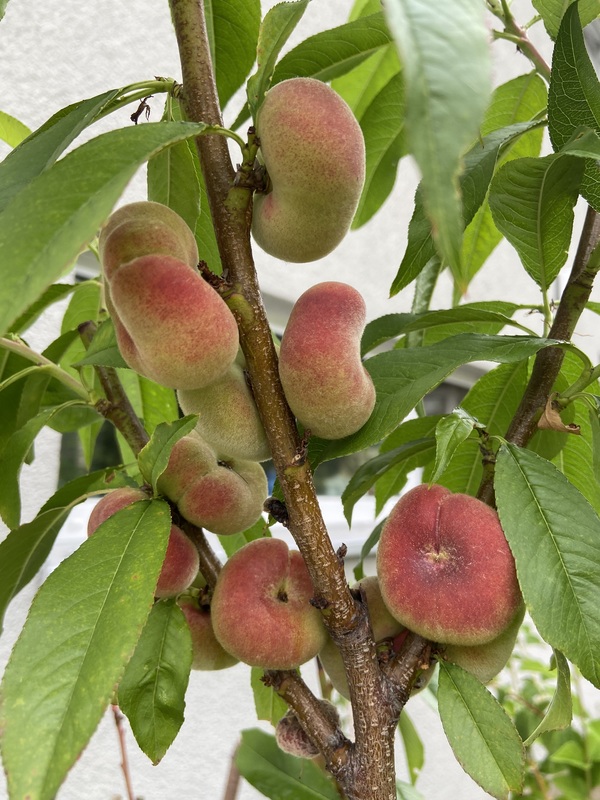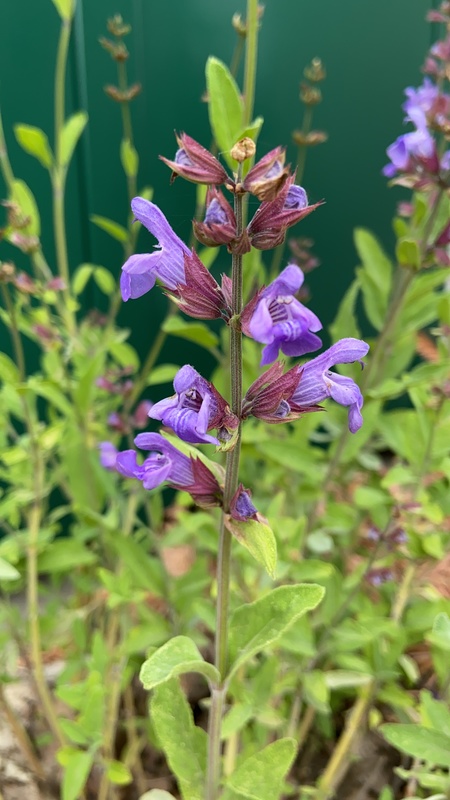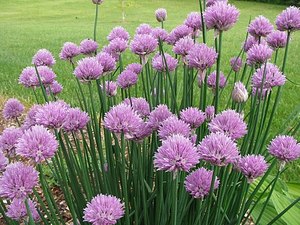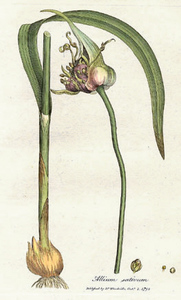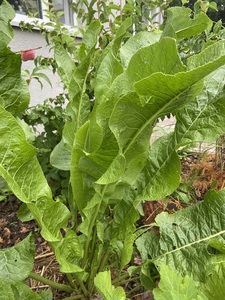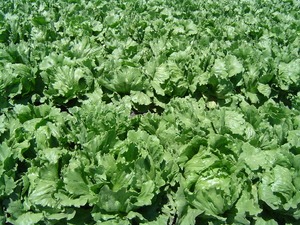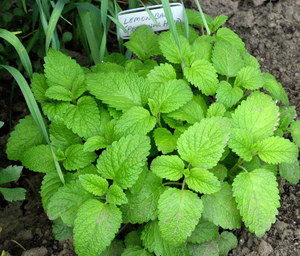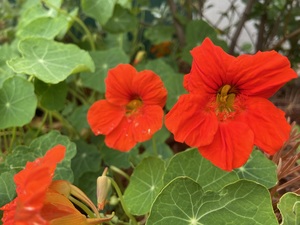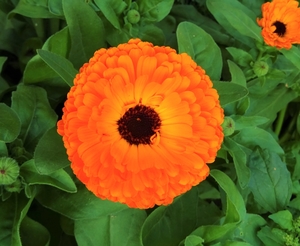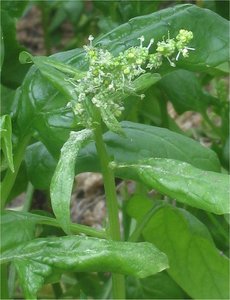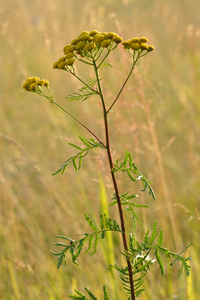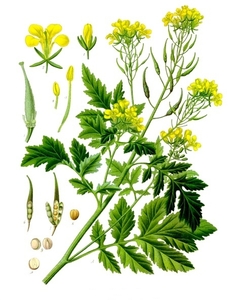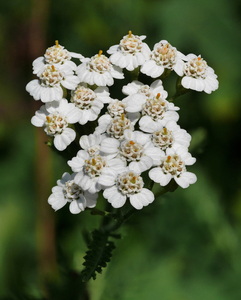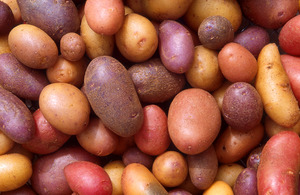Description
The sweet cherry, Prunus avium, is a fruit-bearing tree that is native to Europe, western Asia, and northern Africa. It typically grows to a height of 15-30 feet, with a spread of 20-25 feet, and has a rounded crown. The leaves are oblong-shaped, with serrated edges and a glossy dark green color. The flowers are white or pale pink, with five petals, and appear in clusters in the spring before the leaves. The fruit, which is the sweet cherry, is a small, round drupe, with a smooth, dark red or black skin and a juicy, sweet flesh.
In terms of growing conditions, the sweet cherry prefers well-drained, fertile soil and full sun exposure. It can be grown in a variety of climates, but may require protection from frost in harsh climates. To cultivate the sweet cherry successfully, a grower may need to prune the tree to maintain its shape, provide adequate water and fertilizer, and protect the tree from pests and diseases.
The sweet cherry is edible and can be eaten fresh or used in a variety of culinary dishes. The fruit can be stored in the refrigerator for a few days or preserved by freezing or canning. The sweet cherry is also valued for its medicinal properties, as the fruit and leaves have been used in traditional medicine to treat a variety of ailments.
In terms of its value for wildlife, the sweet cherry provides food for a variety of animals, including birds, squirrels, and other small mammals. It also provides shelter and habitat for these animals.
